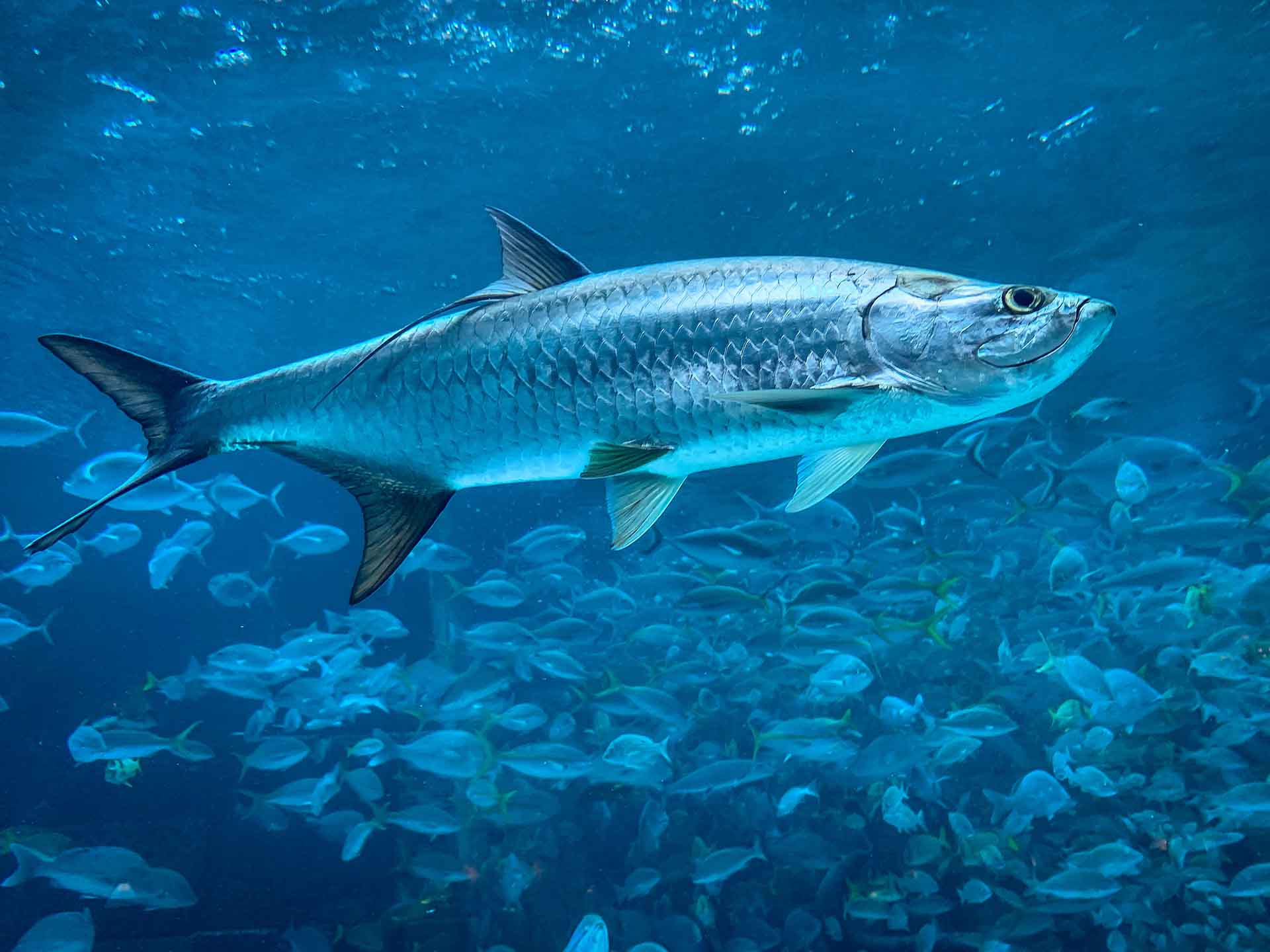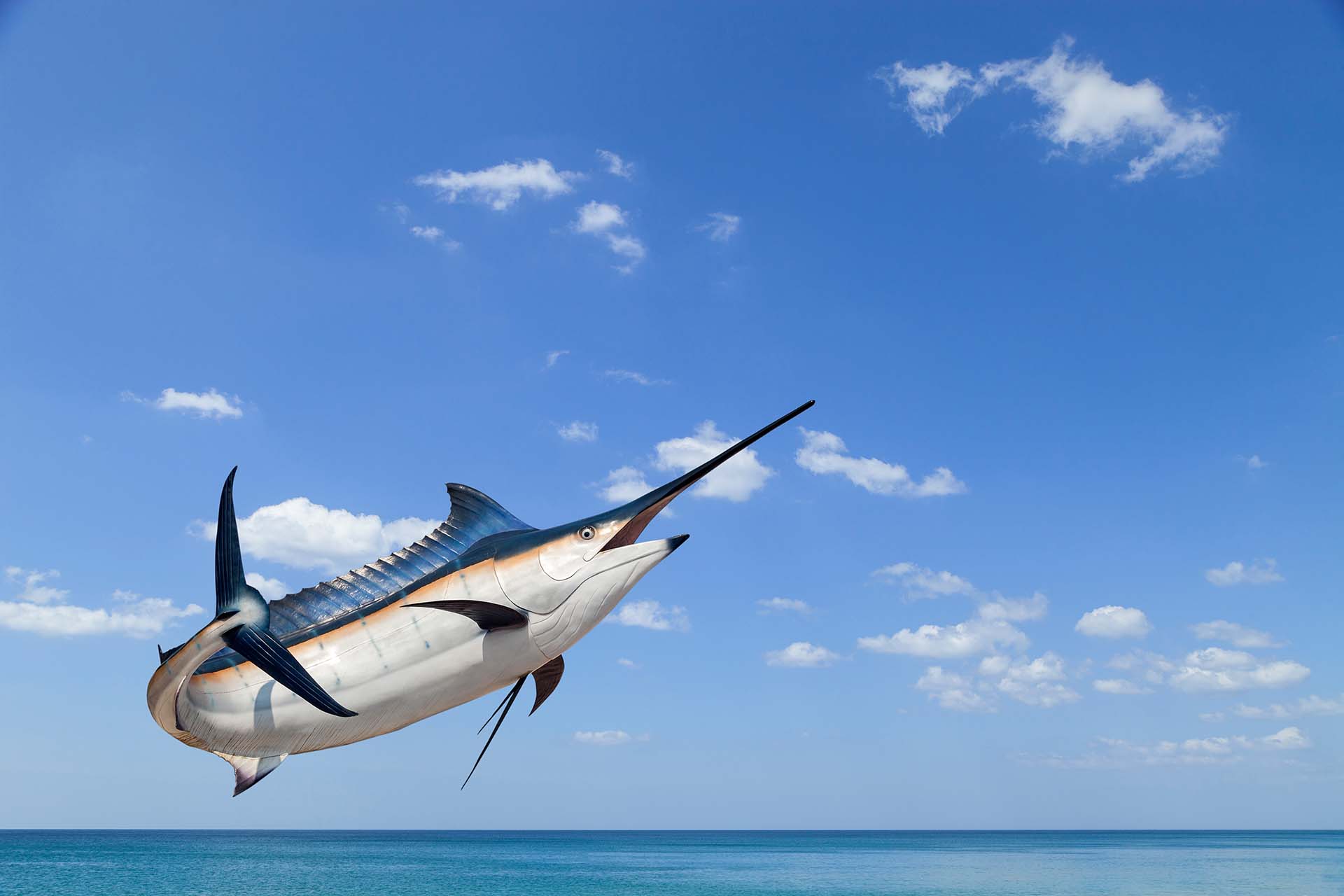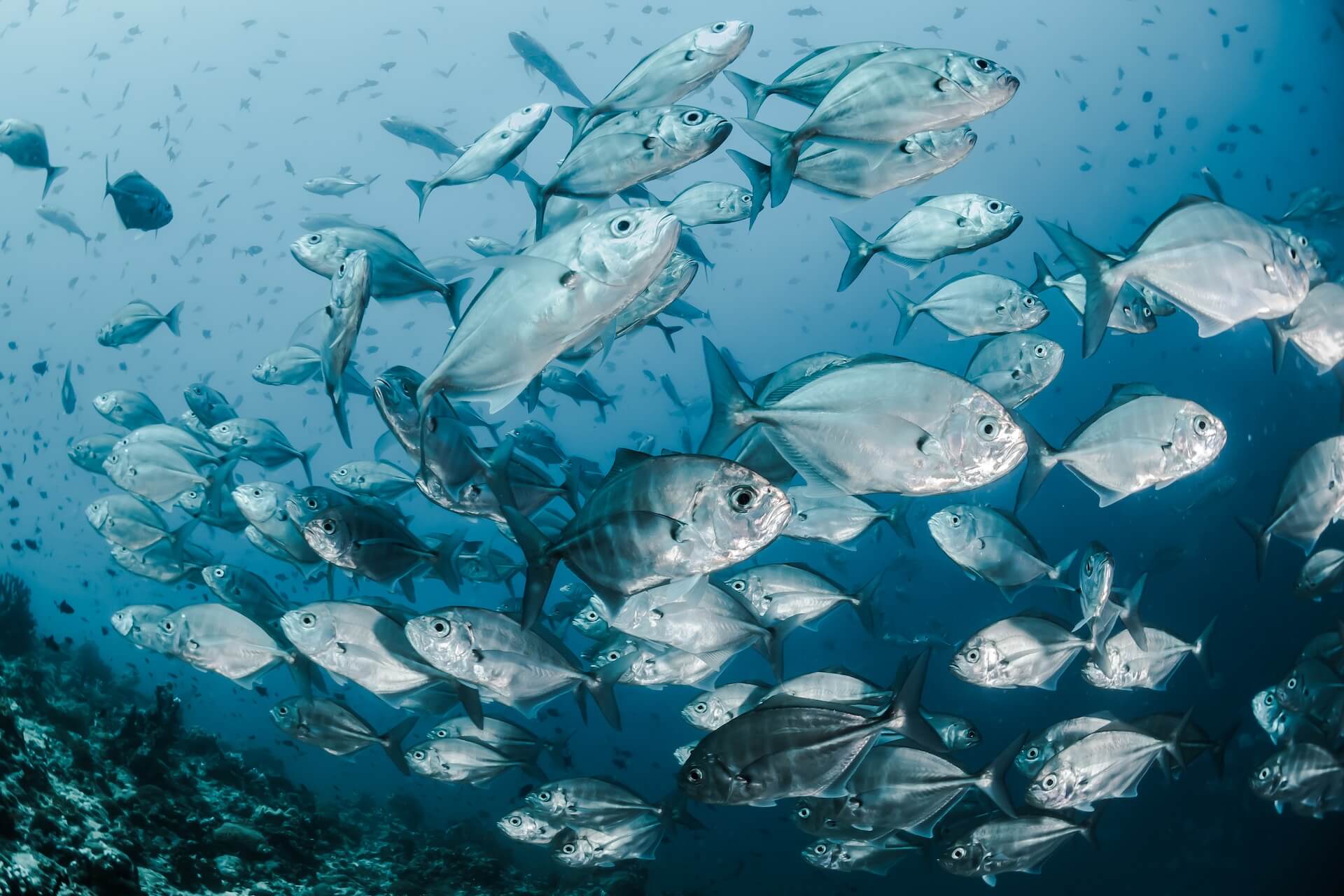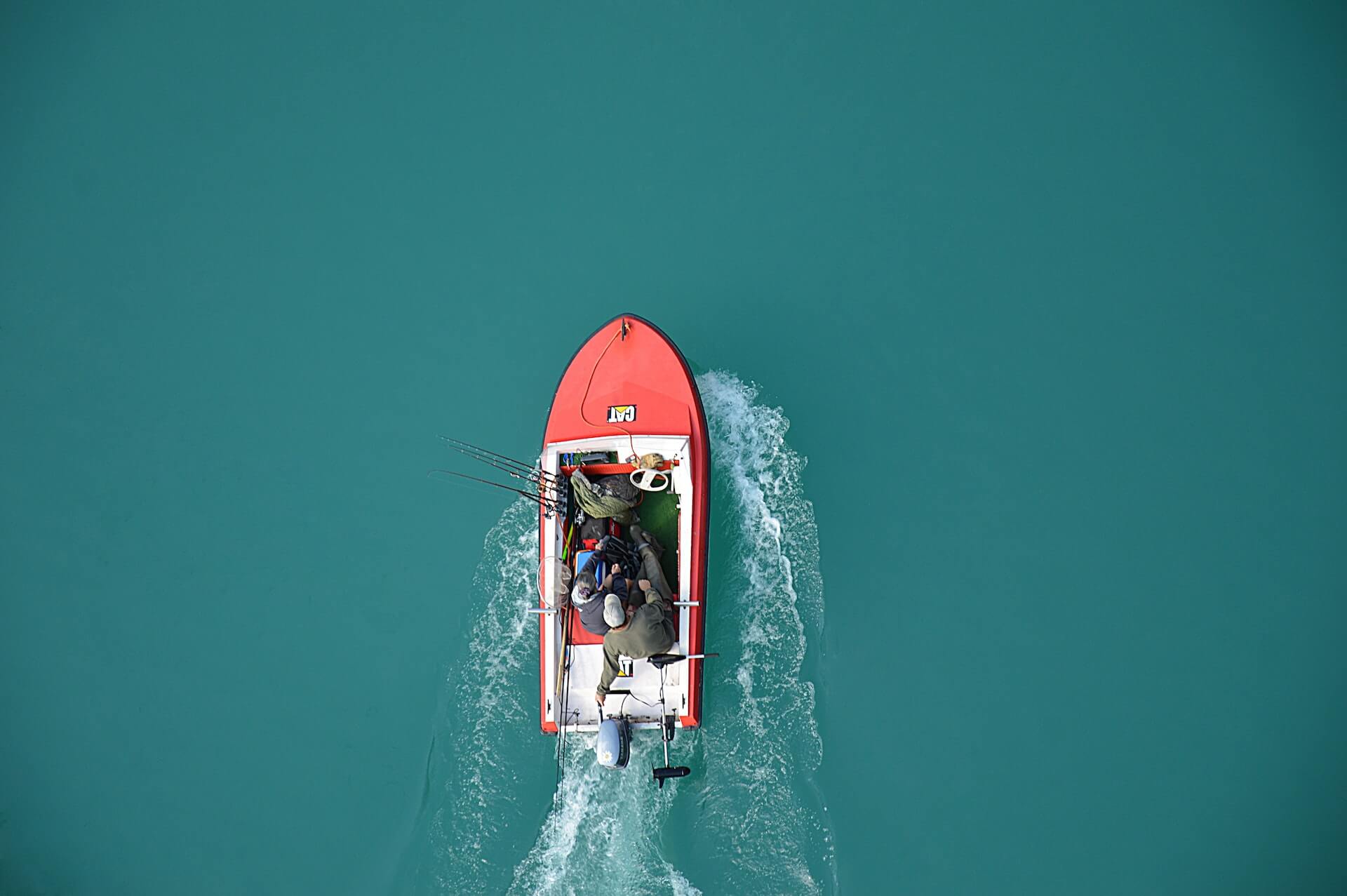In the vast blue expanse of the ocean, there’s a speed contest like no other, and no, it’s not among boats or swimmers. So, let’s dive into the aquatic fast lane and answer the buzzing question – what is the fastest fish in the ocean? Get ready to meet the speedsters of the deep, whose velocity under the sea can rival the waves themselves.
What Is the Fastest Fish in the Ocean?
The title for the fastest swimmer in the oceanic realm is widely attributed to the Indo-Pacific Sailfish, scientifically known as Istiophorus platypterus. Research shows that this fish species can reach breathtaking speeds exceeding 68 mph (110 km/h) over short distances.
Speeding Anatomy – What Determines Speed in the Aquatic Realm?
In the underwater world, where life thrives in a medium denser than air, the question of what propels a fish to reach high speeds is fascinating. It’s not just about the strength of the fins or the will to survive – several factors come into play here. Here are the key aspects that influence speed in aquatic creatures:
- Hydrodynamic body shape – fish species that are built for speed typically have a streamlined body shape, reducing resistance as they move through the water,
- Muscle power and composition – fast-moving creatures have powerful muscles with a high concentration of white muscle fibers, providing short bursts of high speed,
- Tail fin shape and size – the tail fin acts as a propeller, so its shape and size can greatly affect a fish’s swimming speed and maneuverability,
- Finlet design – some fast-swimming species have finlets along their bodies which reduce drag and turbulence, aiding in maintaining high speeds,
- Swimming technique – the swimming method, such as undulating or oscillating the body and fins, obviously plays a role in determining speed.

The Indo-Pacific Sailfish – The Number One Fastest Fish of the Deep Blue
The Indo-Pacific Sailfish reigns supreme in the ocean’s speed contest, with a speed that can exceed 68 mph (110 km/h). Characterized by its long, slender body and distinctive sail-like dorsal fin, this species is the embodiment of aquatic grace and power.
They are impressive in size too, capable of growing over 11 feet (3.4m) in total length and reaching weights of around 220 pounds (100 kg). This combination of speed, size, and elegance makes the Indo-Pacific Sailfish a true marvel of the marine world.
How Their Preferred Diet and Habitat Works Together to Create the Usain Bolt of the Aquatic Realm
The remarkable speed of this species is not just a product of its physical attributes but is also influenced by its diet, which primarily includes anchovies, mackerel, and sardines. This high-protein diet is essential for muscle development, providing the necessary energy and strength for quick bursts of speed.
Their habitat further complements their speed. Sailfish are typically found in the warmer and shallower parts of the ocean, where their prey is abundant. These conditions allow them to use their speed effectively for hunting because they can navigate through the water with astonishing agility.
The Conservation Status of the Indo-Pacific Sailfish
While there is limited data on the conservation status of the Indo-Pacific Sailfish, current information suggests they do not face immediate threats of endangerment. However, this should not lead to complacency in fishing techniques.
Sustainable methods should always be employed to ensure the ongoing health and stability of marine populations. Responsible practices, including catch and release, adherence to fishing regulations, and monitoring of fishing impacts, are all important for preserving this incredible species. After all, who wouldn’t want to preserve this symbol of the ocean’s splendor?

Chasing Tails – Other Notable Speedsters of the Sea
We’ve answered the question – what’s the fastest fish in the ocean? However, it’s no fun to leave it at that, as there’s a whole world full of other incredible speedsters, each with unique characteristics and impressive velocities.
These aquatic athletes not only captivate with their speed but also with their fascinating life histories and roles in the ocean’s ecosystems. Let’s explore some notable species in this department:
Black Marlin
The black marlin is a species that commands awe in both size and speed. Known for their power and majesty, they are among the largest of the family, distinguished by their rigid pectoral fins and lack of stripes. They can grow to immense sizes, inhabiting tropical and subtropical waters, where they are a prized catch in sport fishing.
When it comes to swimming, black marlins have the capability to reach speeds of up to 82 mph (132 km/h). These incredible bursts of velocity enable them to hunt and capture their prey without much hassle, making them one of the ocean’s true speed demons.
Tuna
The famous tuna, particularly species like the bluefin and yellowfin, is renowned for its strength and speed. These fish are built for endurance, with streamlined bodies that enable them to traverse vast ocean distances. Tunas have a unique physiology that allows them to maintain a body temperature higher than the surrounding water, aiding their muscle efficiency and speed.
Tunas are incredibly fast swimmers, capable of reaching speeds of around 46 mph (74 km/h). This speed is not just for evasion – it’s integral to their hunting strategy, allowing them to chase down fast-moving schools of fish like herring or mackerel.
Mako Shark
The Mako Shark, particularly the shortfin variety, is another speed icon in the marine environment. Recognizable by their pointed snout and sleek body, they are the fastest of all shark species. Makos are known for their agility and can leap high out of the water, a behavior often observed during hunting or when escaping threats.
For them to make spectacular leaps as high as 20 feet (6m), they have to swim at around 22 mph (35 km/h). But they can move even faster, reaching up to 40 mph (64 km/h). This incredible speed, combined with their razor-sharp teeth, makes them formidable predators in the ocean.
Blue Shark
With their slender body and long, graceful pectoral fins, blue sharks are literally built for speed. They are known for their beautiful blue coloration, hence the name, and their widespread distribution across the world’s oceans. They primarily feed on small fish and squid and are particularly interesting for their curious nature.
While not as fast as the Makos, blue sharks are still impressive in their speed. They can be faster than 20 mph (32 km/h). All that speed and agility make them adept at capturing a wide variety of prey, just like their closest cousins.
Dolphins
While not fish, there’s no avoiding mentioning dolphins when it comes to speed in the aquatic realm. These mammals are highly social and known for their playful nature. They have streamlined bodies and powerful tails that propel them through water with grace and agility.
Dolphins are among the fastest marine mammals, with some species capable of reaching 37 mph (60 km/h). This speed is used for hunting, evasion, and sometimes, it seems, just for the joy of racing through the waves.
Swift Currents – How Speed Spells Survival in the Ocean’s Fast Lane
In the vast and competitive ecosystem of the ocean, speed is not just a show of prowess but a critical tool for survival. The breakneck velocities achieved by some of the species we’ve discussed are integral to their role in the marine ecosystem.
It’s a dynamic world where being fast can mean the difference between life and death, predator and prey. Here are the key aspects where speed is essential for survival in the ocean:
- Predator evasion – for many species, speed is their best defense, so being able to outswim predators is crucial for survival,
- Effective hunting – predatory fish rely on their speed to catch prey, so swift bursts enable them to ambush or pursue even the fastest-moving prey,
- Territorial defense – speed helps certain species defend their territory from intruders, ensuring their dominance and access to vital resources like food and breeding grounds,
- Mating rituals – in some species, speed plays a role in mating displays, where faster individuals appear more attractive to potential mates,
- Migration – many species undertake long migrations, and speed helps them cover large distances efficiently, whether it’s for spawning, feeding, or finding warmer waters.
How to Race the Waves and Land Yourself One of the Fastest Fish in the Ocean
Catching one of the ocean’s fastest fish is undoubtedly a challenging feat, yet it’s far from impossible. It’s an exhilarating pursuit that requires skill, patience, and a bit of luck. Consider it a test of both your prowess and understanding of these swift creatures.
When it comes to fishing styles, trolling is often the most effective method for catching fast fish. It involves pulling lures or baited lines behind a fishing boat, mimicking the movement of prey, and attracting these predatory fish. Using fresh bait can also be highly effective, as it appeals to the natural hunting instincts of these fast swimmers.
Here’s the Equipment You’ll Need for This Speedy Endeavor
To take on the ocean’s fastest, you’ll need some specialized equipment. A sturdy fishing rod is crucial to handle the strength and sudden movements of these creatures. Also, a high-quality reel with a smooth drag system is essential to manage the long and powerful runs typical of fast fish.
A strong, abrasion-resistant line is also a must, as these creatures often dart around obstacles like reefs or shipwrecks. Equally important are the lures or baits – selecting the right kind based on the target species and water conditions can make a significant difference. Lastly, a fishing boat capable of trolling at varying speeds and navigating different water conditions will round off your arsenal for this high-speed fishing adventure.
Finishing With a Splash – The High-Speed Chase of Ocean Giants
As we draw to a close on our high-velocity journey through the ocean, it’s clear that the quest to catch the fastest fish is as thrilling as it is challenging. These swift creatures of the deep blue not only offer a glimpse into the marvels of marine life but also present an opportunity for anglers to test their skills against nature’s finest. So, here’s to the chase, the catch, and the unforgettable stories that follow!









